Medieval Porto was a city steeped in history, showcasing a unique blend of architectural and cultural heritage. Its narrow cobblestone streets and fortified walls reflected its past as a vital hub for trade and defense. The city’s strategic location along the Douro River facilitated economic growth, while its intricate social organization shaped the urban landscape. Today, the remnants of medieval structures and traditions continue to evoke the spirit of a time when Porto was a formidable maritime power. Exploring this captivating city promises a glimpse into its captivating past.
Key Points
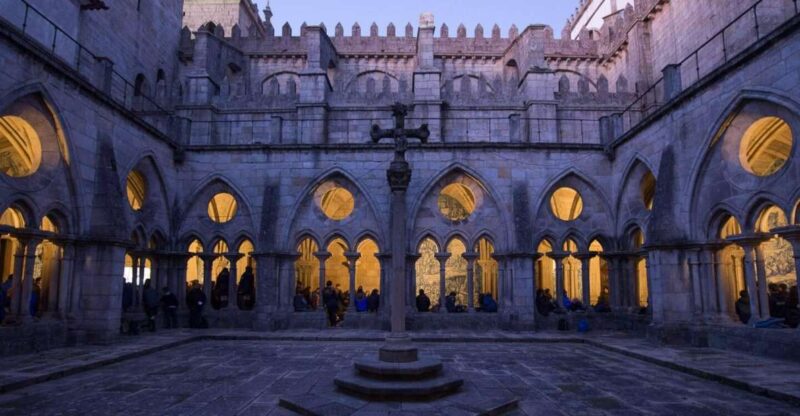
- The tour explores Porto’s oldest streets, providing historical context on the city’s medieval social changes and architectural evolution.
- Participants gain insights into Porto’s medieval defense systems and the significance of cultural symbols like the Galo de Barcelos rooster.
- The tour highlights the transition from the medieval to the Renaissance period in Portugal, marked by the rise of Infante D. Henrique.
- The walking tour examines how historical changes in social organization influenced the layout and organization of Porto’s medieval urban landscape.
- Visitors can appreciate Porto’s rich cultural heritage and the enduring influence of its medieval past on the city’s present-day identity.
Tour Overview and Pricing

The "Medieval Porto" tour provides an immersive 2-hour exploration of Porto’s oldest streets, priced from €30.00 per person.
This small-group tour, limited to 10 participants, is available in multiple languages, including Portuguese, Italian, Spanish, and English.
Booking is flexible, allowing you to reserve a spot and pay later, with free cancellation up to 24 hours in advance.
Throughout the tour, you’ll gain an appreciation for Porto’s rich history and cultural heritage, from its medieval defenses to the iconic Galo de Barcelos rooster figure.
You can also read our reviews of more tours and experiences in Porto.
Booking and Cancellation Policy
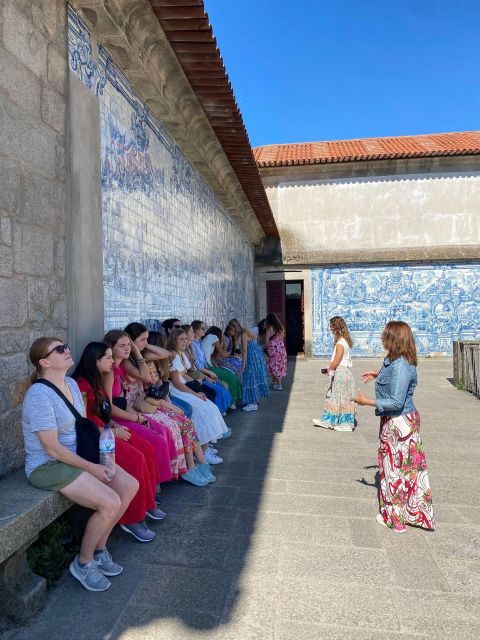
With the tour’s flexible booking and cancellation policy, participants can easily plan their visit to Medieval Porto.
Customers can reserve their spot without paying anything upfront, allowing them to book now and pay later. If plans change, they can cancel their reservation up to 24 hours in advance for a full refund, providing peace of mind.
The tour also offers flexibility in start times, so travelers can check availability and select a time that fits their schedule.
This booking policy ensures a hassle-free experience, allowing visitors to focus on exploring the medieval wonders of Porto.
Tour Experience and Highlights
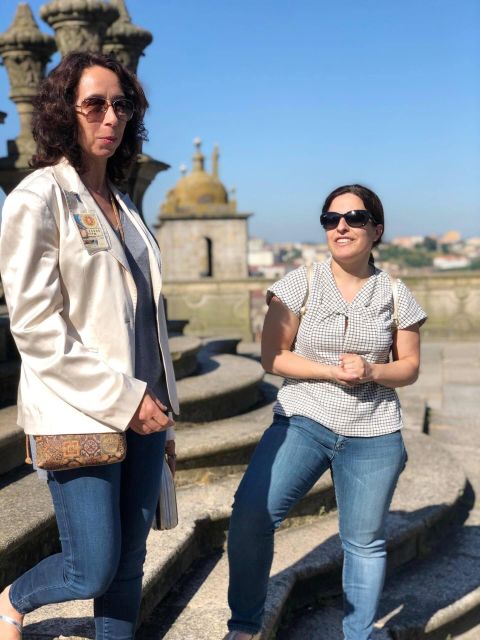
On the Medieval Porto tour, guests explore Porto’s oldest streets, discussing the social changes and medieval defenses that shaped the city’s history.
They gain an appreciation for Porto’s beauty, history, and cultural heritage as the guide decodes the significance of the iconic Galo de Barcelos rooster figure.
The tour concludes near the statue of Infante D. Henrique, marking the transition from medieval to Renaissance Portugal.
Participants can expect an immersive experience that brings the city’s medieval past to life through engaging discussions and a focus on key historical sites and landmarks.
Tour Details and Activities
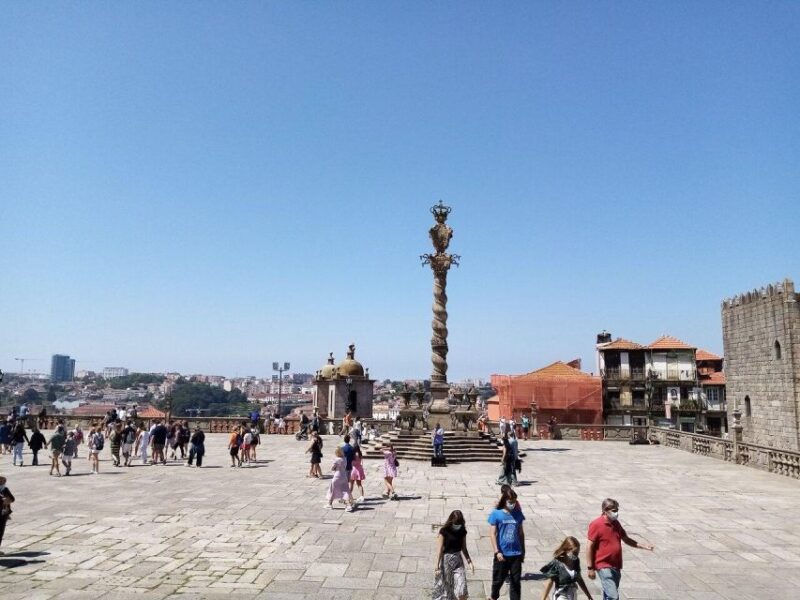
Visitors on the Medieval Porto tour walk towards the Ribeira, passing through the city’s traditional streets. Along the way, the guide discusses the historical changes in social organization and productive activities.
The tour explores the importance of medieval defense systems, including the city’s walls and fortifications. Participants gain a deeper appreciation for Porto’s rich history and cultural heritage as they learn about the significance of these architectural elements.
The tour concludes at a significant historical site, marking the transition from medieval to Renaissance Portugal. Throughout the experience, the knowledgeable guide provides valuable insights, bringing the city’s past to life.
More Great Thing To Do NearbyWhat to Bring and Additional Information
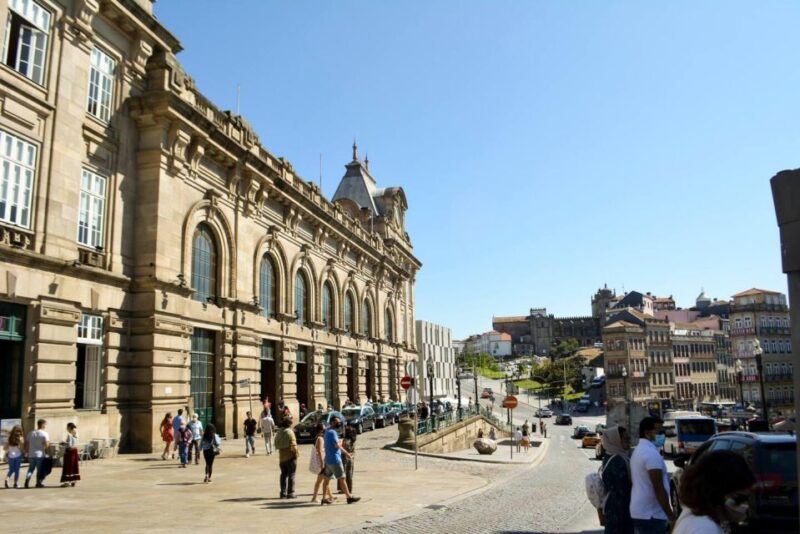
Comfortable shoes are recommended for the Medieval Porto tour, as you’ll be exploring the city’s oldest streets and historical sites on foot. Along With comfortable footwear, the tour includes an interactive guide with profound knowledge of Porto’s medieval history and cultural heritage. A table of what to bring and additional information is provided below:
| What to Bring | Additional Information |
|---|---|
| Comfortable Shoes | Interactive Guide with Profound Knowledge |
| Water Bottle | Gratuities Included |
| Camera | Small Group Size (max 10 participants) |
| Sunscreen (optional) | Free Cancellation up to 24 Hours in Advance |
The tour concludes near the statue of Infante D. Henrique, marking the transition from medieval to Renaissance Portugal.
- The Unvanquished Tour in Porto City Center
- Complete Douro Valley Wine Tour With Lunch, Wine Tastings and River Cruise
- Douro Valley Small-Group Tour With Wine Tasting, Lunch and Optional Cruise
- Authentic Douro Wine Tour Including Lunch and River Cruise
- Douro Valley Tour: Wine Tasting, Cruise and Lunch From Porto
- Douro Valley Historical Tour With Lunch, Winery Visit With Tastings and Panoramic Cruise
Cultural Significance of the Galo De Barcelos
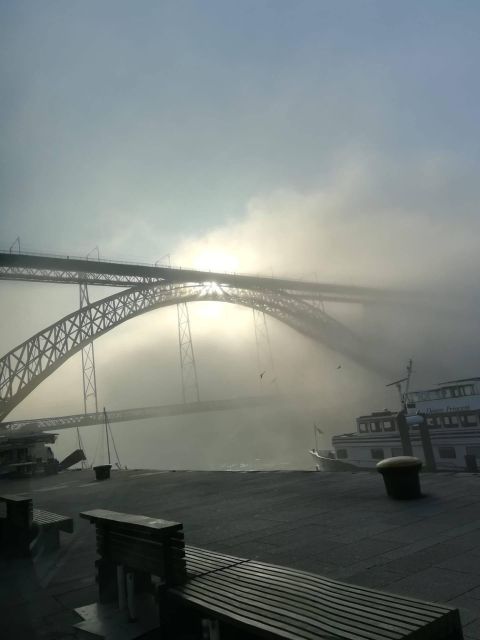
During the tour, visitors will learn about the cultural significance of the iconic Galo de Barcelos rooster figure.
This legendary symbol represents Portuguese identity and heritage. The Galo de Barcelos is deeply rooted in medieval folklore and is believed to have originated from a story of a dead rooster that testified to the innocence of a man accused of a crime.
Today, the Galo de Barcelos is a ubiquitous sight across Portugal, adorning countless souvenirs and artwork. Its enduring popularity reflects the nation’s pride in its rich cultural traditions and the power of storytelling to shape national identity.
Transition From Medieval to Renaissance Portugal
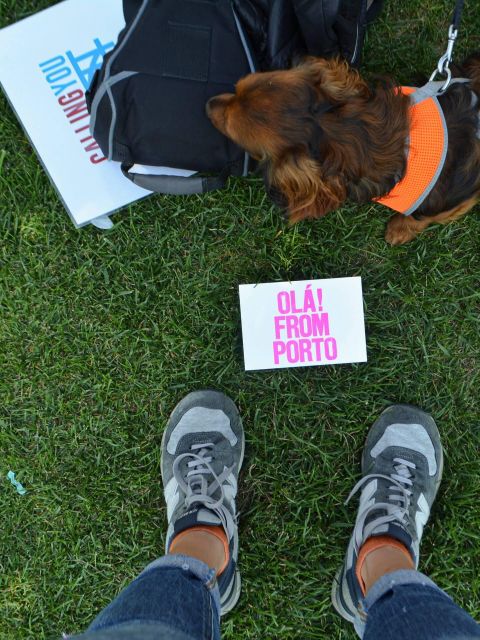
As the tour concludes near the statue of Infante D. Henrique, visitors gain insight into the transition from medieval to Renaissance Portugal. This influential figure, known as "The Navigator," played a pivotal role in Portugal’s golden age of exploration during the 15th century. The tour highlights how this period marked a shift from the fortified, defensive nature of medieval cities to the more outward-looking, cosmopolitan character of Renaissance Portugal. A table showcasing key differences illustrates this evolution:
| Medieval Portugal | Renaissance Portugal |
|---|---|
| Inward-focused | Outward-looking |
| Defensive walls | Navigable ports |
| Agrarian economy | Maritime commerce |
| Feudal hierarchy | Emerging monarchy |
This transition paved the way for Portugal’s rise as a global maritime power.
Historical Changes in Social Organization
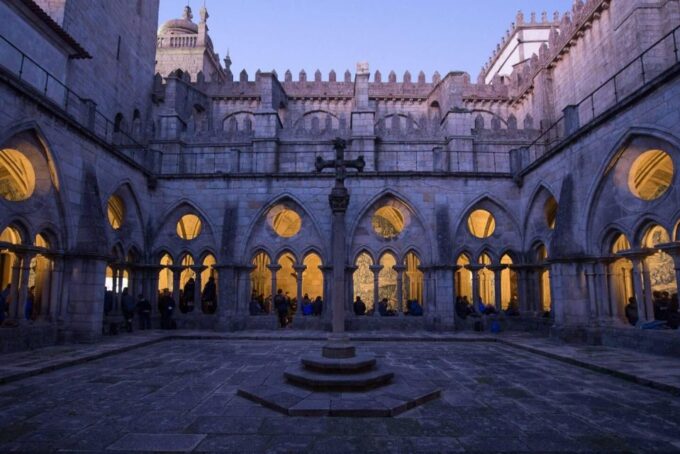
As the tour progresses through Porto’s oldest streets, visitors gain a deeper understanding of the historical changes in social organization that shaped the city’s medieval landscape.
The tour explores how shifts in productive activities and social hierarchies impacted the physical layout of the city. Discussions highlight the transition from a predominantly agricultural-based economy to the rise of commercial and artisanal enterprises.
Visitors learn how the placement of dwellings, workshops, and marketplaces evolved to accommodate these changes. By decoding the cultural significance of architectural elements, the tour provides a window into the social dynamics that influenced Porto’s medieval development.
Frequently Asked Questions
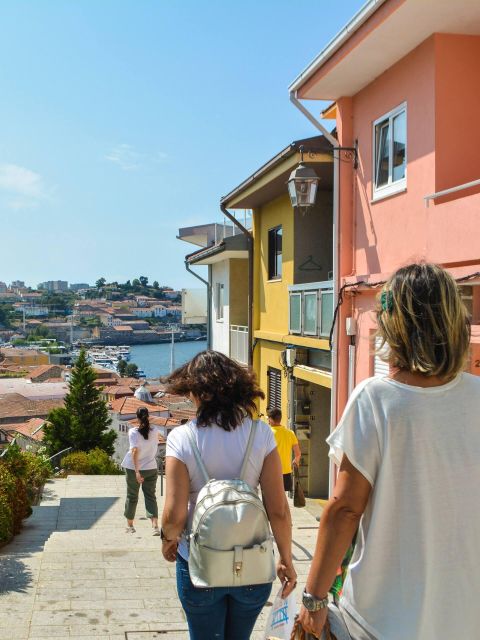
Can I Bring Pets on the Tour?
Unfortunately, pets are not permitted on this tour. The tour operator’s policy is to limit the group size to 10 participants, ensuring a more intimate and focused experience exploring Porto’s medieval heritage.
Is There a Discount for Students or Seniors?
The tour does not offer specific discounts for students or seniors. However, the provider may be open to discussing arrangements on a case-by-case basis. It’s best to inquire about any potential promotions or special pricing when booking the tour.
How Many Stops Are There During the Tour?
The tour has an undisclosed number of stops during its 2-hour duration, as it focuses on exploring Porto’s oldest streets and discussing the city’s medieval history and cultural heritage with the group.
Is Photography Allowed During the Tour?
Photography is allowed during the tour. The tour overview indicates no restrictions on photography, allowing participants to capture the historic sights and scenery along the way.
Can I Customize the Tour to My Interests?
Yes, the tour can be customized to your interests. The guide is open to modifying the itinerary or focusing on specific aspects that appeal to you, providing a personalized experience within the overall medieval theme of the tour.
Recap
Porto’s medieval heritage remains a testament to its vibrant past. The city’s architectural gems, from fortified walls to cobblestone streets, continue to captivate visitors. While the social and economic landscape has evolved, the enduring traditions and cultural significance of landmarks like the Galo de Barcelos exemplify Porto’s resilience and transition into the Renaissance era. Today, this historic city offers a window into Portugal’s rich medieval legacy.
You can check if your dates are available here:More Tour Reviews in Porto
Not for you? Here's more things to do in Porto we have recnetly reviewed
- 11 Best Canoe And Kayak Experiences In Porto
- 2 Best Tours In Freixo
- 15 Best Canoe And Kayak Experiences In Porto
- 25 Best Cruises And Boat Tours In Porto
- 13 Best Dining Experiences In Porto
- 25 Best Food Tours In Porto
- 20 Best Full-Day Tours In Porto
- 2 Best 4 Day Tours In Porto
- 10 Best Photography Experiences In Porto
- 5 Best Craft Beer Tours And Tastings In Porto
- 12 Best Dinner Tours In Porto
- 25 Best Lunch Experiences In Porto
